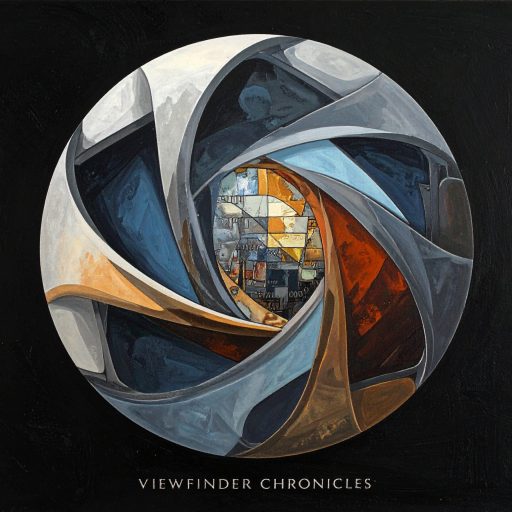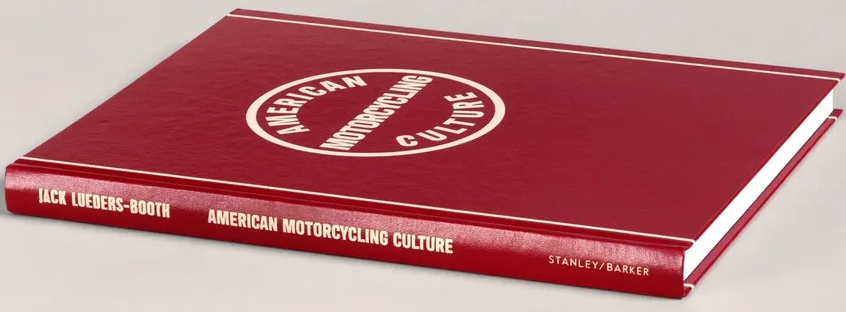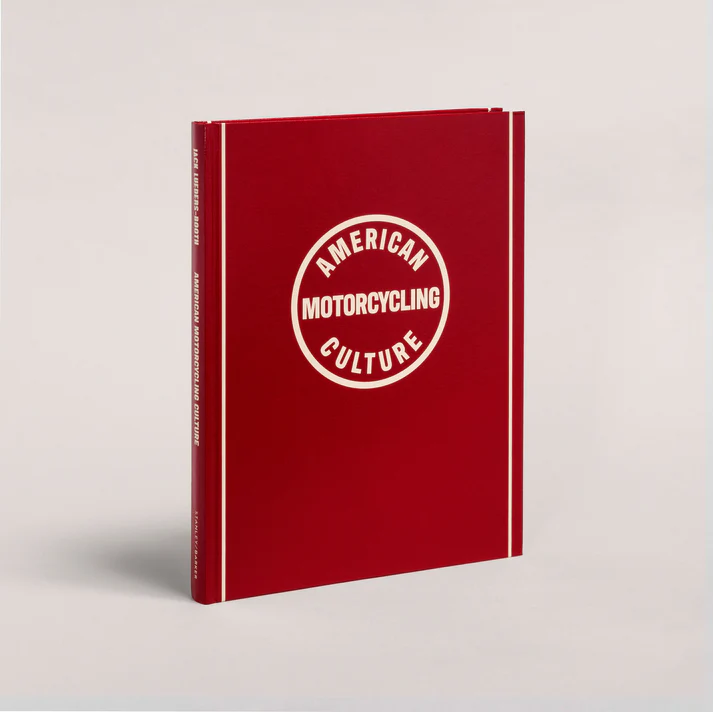
Gazing at these snapshots from Jack Lueders-Booth‘s American Motorcycling Culture transports me straight back to my skateboarding youth, from 1989 to 1999, when the thrill of carving concrete roads and skating the council build ramps mirrored the raw freedom these riders chase. The book stirs that same unshakeable passion for a subculture that defined me, even now at forty seven where I still don the occasional hoodie or cap and beanie from my ridiculously sized collection, watch X Games highlights on YouTube, and nudge my kids toward the sport despite their reluctance. It is a lingering pull I feel even today, eyeing Aberdeen’s upcoming beach skatepark with a mix of nostalgia and temptation for my weary knees, admitting how such passions etch themselves into our souls, fostering communities that defy the ordinary and embrace vulnerability’s edge. It makes me think about my pal Gary who owns and runs Doric Skateboards and tells me I should give it a go again whenever we speak, which tempts these creaky knees and back to test if they can manage.
These images, captured between 1980 and 2000, pulse with that same defiant spirit, their unadorned authenticity a testament to Lueders-Booth’s immersive gaze that honours the unpolished human condition amid the machines’ roar. His own lifelong devotion to motorcycling began at the age of nine when he first fell in love with a bike, and now at ninety years old, riding, racing, repairing, and rebuilding them has been his life’s passion. The book is a record of both the machines and the people who rode them, all made in a style that celebrates the unvarnished essence of a lifelong obsession. Lueders-Booth, a singular photographer, was always drawn to the edges of things, to lives rarely shown in full light, and his photographs carry that restless hum, the thrill and the risk, the romance and the trouble, the small freedom of choosing the open road over the humdrum. This collection provokes thoughts on identity forged in the crucible of subcultural devotion, where machines become extensions of self amid risks that expose vulnerability. It is a journey into the haze of memory preserving fleeting eras of freedom against time’s erosion, and a testament to the bonds of community uniting disparate souls in a shared rebellion.
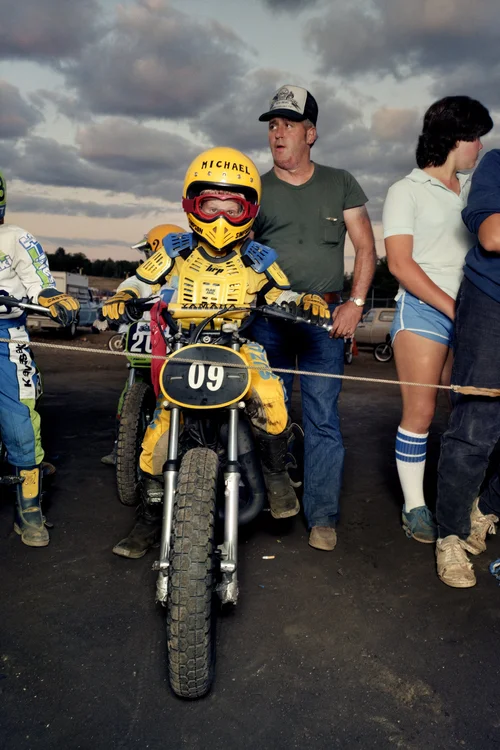
The book itself is a masterpiece of craft. Its hardback leather binding, in a large 30 by 24 centimetre format that demands to be held and savoured, boasts Stanley/Barker’s signature exceptional presentation with its tactile cover and meticulously curated spreads. The design allows Lueders-Booth’s unadorned images to breathe across the pages, the sequencing flowing like a road trip narrative that interweaves riders and machines in a rhythm that honours the photographer’s keen eye for unguarded moments. Lueders-Booth’s method, rooted in decades of immersion, yields honest, imperfect captures that eschew polish for authenticity. His work chronicles the vibrant tapestry of late twentieth century American biking scenes across diverse riders and events, from high stakes races to casual gatherings. The book delves into the lives of bikers in heavy leathers on American made Indians, fresh faced kids on their first ride, and pro racers pushing themselves and their bikes as far as they would go. It features a range of machines too, from Harleys and Beemers to Beezers and Trumpets, Ducs, Hondas, Kawas, Suzuki’s, and Yamahas.

One image, taken at Daytona International Speedway in Florida, centres on a young man perched confidently on a sleek minibike, his pink Daytona Motorcycle Classic 1986 tee vibrant against the dusty track. His curly hair is tousled, and his sunglasses are perched with an effortless cool, flanked by fellow riders tinkering with machines under an overcast sky that hints at impending rain. I feel a profound curiosity about his unyielding grin and the tales of speed that fuel such gatherings, much like the camaraderie I craved in skate sessions where every wipeout built unbreakable bonds (and dodgy knees and backs). It is a snapshot of shared identity and the pursuit of belonging through a shared passion that defies convention.

Another photograph, captured at Daytona Beach, Florida, unfolds a procession of leather clad bikers astride gleaming Harleys. Their helmets glint under a dimming sky as they cruise in formation along a palm fringed road, the lead rider’s stern profile and German style helmet conveying a quiet authority amid the pack’s rhythmic advance. It stirs that visceral hum of collective motion that echoes my own group rides on boards, where belonging appeared from shared risks and the impermanence of open paths called us forward. These images highlight how obsessions sustain us amid life’s impermanence.

These is an image taken at the Boot Hill Saloon in Daytona, Florida, which captures a lively dance amid the throng. A woman in a Harley Davidson strap top and bracers raises a beer in an exuberant toast while her partner, sporting a bandana and a moustache, leans in with a joyous laugh. Their bodies sway amid graffiti scrawled walls and hanging tees that scream subcultural pride, the scene’s raw energy a gut punch reminding me of post skate hangouts where exhaustion melted into euphoria. It makes me question how such spaces nurture the wilder sides of identity against societal norms trying to break dance to the beastie boys at the Palace or Pelican.

There is an image from Bryar Motorsports Park in Loudon, New Hampshire, of a young racer in full gear fixing his helmet on his red Honda dirt bike. His helmeted face is beaming with excitement beside an ambulance where medics aid, while a man in a tee clutches a soda in casual support. The nocturnal glow casts dramatic shadows that heighten the vulnerability of youth’s daring, fostering wonder about the child’s fearless spirit and the parental hearts that must race alongside. It is a powerful image that parallels my futile attempts to ignite that same fire in my own kids.

The last image I will speak about was taken at Indiana Day in Springfield, Massachusetts and isolates a turquoise vintage Indian motorcycle parked solitary in an empty lot against a stark white brick wall. Its polished curves and helmet capped saddlebag are poised in quiet repose over cracked asphalt marked with faded yellow lines and the numeral 22. The scene’s minimalist tranquillity is a melancholic ode to impermanence that pulls at my curiosity for the rider’s absence and the journeys etched into its frame, much as abandoned skate spots evoke memories of sessions long faded and makes me think back to how I used to admire my World Industries Mike Vallely Barnyard deck with my bright yellow 38mm wheels, even though it was a few years old by the time i got it I had wanted it forever, I adored that board and was trying to hold out so long still using my 101 Markovich Baby Boom Deck which I bought second hand cheap.
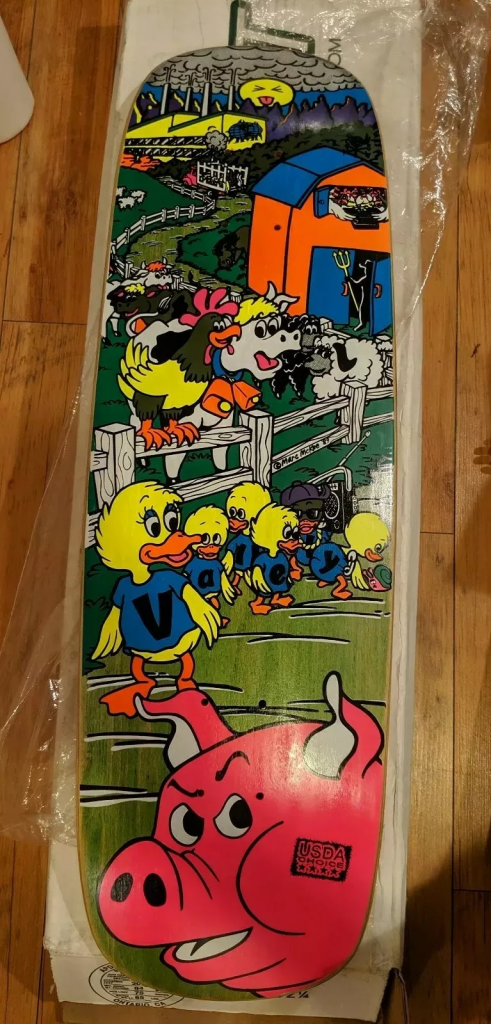
Amid these evocative portraits of leather clad rebels and fresh faced enthusiasts, I find myself reminiscing about my habit of people watching during those fortnightly work trips to London a decade ago. I would sit in cafes and in Heathrow Terminal 5 pondering the untold stories of passersby between comic reads, much like Lueders-Booth unveils the souls behind the engines. The connection is a strong one for me, forging a link to my dad’s rocker days surrounded by biker mates whose thunderous rides echoed the same fervent spirit. As I touched on in my post Or Glory: 21st Century Rockers – Horst A. Friedrichs for Presetell Press (review).
These glimpses from Lueders-Booth’s lens reaffirm photography’s power to immortalise the heartbeat of passions that unite us.
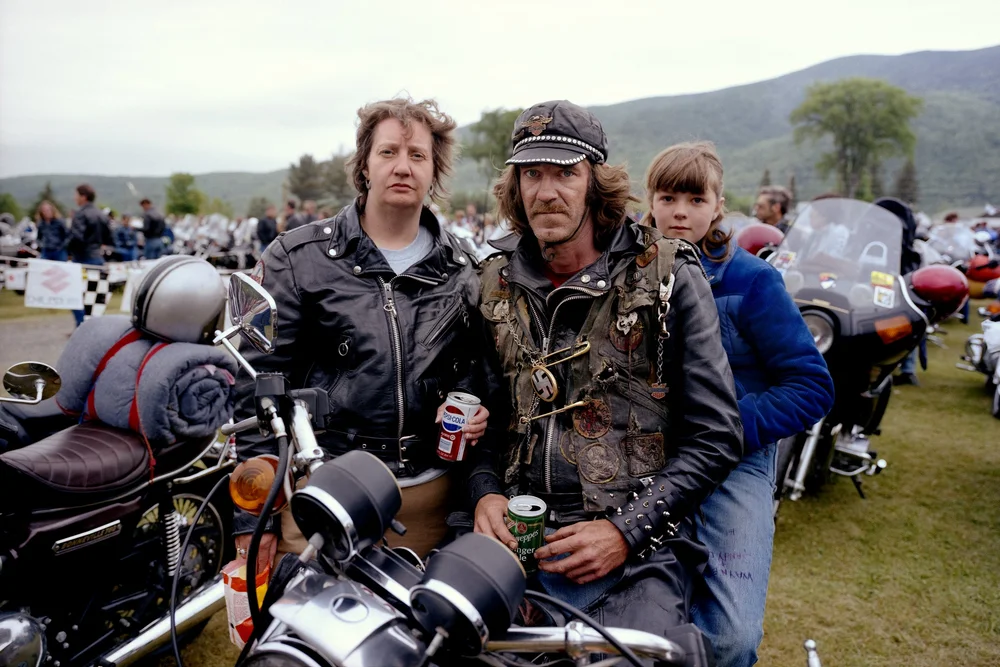
American Motorcycling Culture rekindles that electric hunger for pursuits that defy the ordinary, beckoning us to embrace our own obsessions with unwavering zeal. It reminds me that some obsessions never let you go. The book is a testament to Lueders-Booth’s vision of showing communities as they are, honest, imperfect, and unadorned.
Regards
Alex
